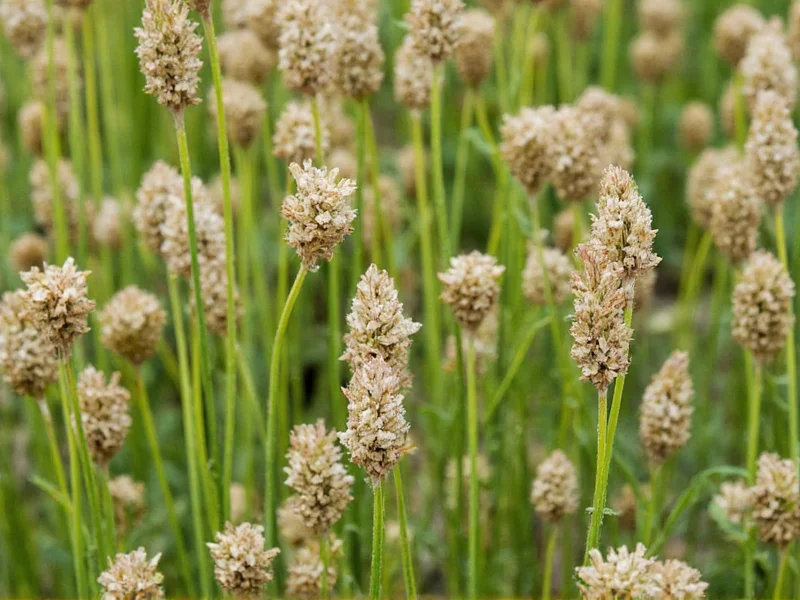Dried chervil offers home cooks and professional chefs a convenient way to enjoy the subtle flavors of this delicate herb year-round. Unlike many dried herbs that suffer significant flavor degradation, chervil retains enough of its distinctive character to be valuable in specific culinary applications when used correctly. Understanding the proper usage techniques and limitations of dried chervil separates satisfactory dishes from truly exceptional ones.
Understanding Chervil: The Delicate French Herb
Chervil (Anthriscus cerefolium), often called "gourmet's parsley," belongs to the Apiaceae family alongside parsley, cilantro, and dill. Native to the Caucasus region, this tender annual herb features finely divided, lacy leaves with a subtle flavor profile combining mild anise, parsley, and faint grassy notes. Fresh chervil's delicate nature makes it challenging to transport and store, which explains why dried chervil has become a practical alternative despite some flavor compromise.
Dried Chervil vs Fresh Chervil: Key Differences
The drying process fundamentally alters chervil's chemical composition, resulting in several important differences:
| Characteristic | Fresh Chervil | Dried Chervil |
|---|---|---|
| Flavor intensity | Mild, delicate | More concentrated (but less complex) |
| Primary flavor notes | Parsley, subtle anise, grassy | Earthy, muted anise, hay-like |
| Best culinary use | Raw applications, finishing | Cooked dishes, early in preparation |
| Shelf life | 1-2 weeks refrigerated | 1-2 years properly stored |
| Substitution ratio | 1 part fresh | ⅓ part dried |
When evaluating dried chervil quality, look for vibrant green color (not brown or yellowed), a clean herbal aroma without mustiness, and whole leaf pieces rather than excessive dust. High-quality dried chervil should still exhibit that characteristic faint anise note when crushed between your fingers.
Optimal Culinary Applications for Dried Chervil
Understanding how to use dried chervil in cooking properly maximizes its potential. Unlike fresh chervil which works best as a finishing herb, dried chervil benefits from early addition to dishes to allow rehydration and flavor integration:
- Sauces and gravies: Add during the simmering phase to allow flavors to meld
- Stocks and broths: Include with other dried herbs at the beginning of cooking
- Herb blends: Incorporate into fines herbes mixtures (traditionally 25% chervil)
- Egg dishes: Mix into omelets or quiches before cooking
- Marinades: Combine with oil and acids to help release flavors
Avoid using dried chervil in raw applications like salads or as a last-minute garnish, as it won't provide the bright freshness of the fresh herb and may have a slightly gritty texture.
Precision Substitution Guide: Dried Chervil Conversion
The dried chervil substitution ratio requires careful attention. Due to moisture loss during drying, the flavor concentration increases while some volatile compounds dissipate:
- 1 tablespoon fresh chervil = 1 teaspoon dried chervil
- 3 tablespoons fresh chervil = 1 tablespoon dried chervil
- ¼ cup fresh chervil = 1¼ tablespoons dried chervil
When converting recipes that call for fresh chervil, start with half the recommended dried amount, then adjust to taste after the dish has simmered for 10-15 minutes. Remember that dried chervil flavor development happens more slowly than fresh, so patience during cooking yields better results.
Proper Storage Techniques for Maximum Longevity
To maintain the best possible flavor in your dried chervil, follow these storage recommendations for dried chervil:
- Store in an airtight glass or metal container (not plastic, which can retain odors)
- Keep away from direct light, heat, and moisture sources
- Label containers with purchase date to track freshness
- Store in a cool, dark cupboard (not above the stove or near dishwasher)
- Never store near strong-smelling spices that could transfer odors
Properly stored dried chervil maintains peak flavor for 12-18 months. After 2 years, most of the distinctive flavor compounds degrade significantly, though the herb remains safe to consume. To test freshness, crush a small amount between your fingers—if the aroma is weak or musty, it's time to replace your supply.
Common Mistakes When Using Dried Chervil
Many home cooks make these errors when working with dried chervil herb:
- Using equal amounts as fresh: This creates overpowering, sometimes bitter results
- Adding too late in cooking: Dried herbs need time to rehydrate and release flavors
- Storing in transparent containers: Light accelerates flavor degradation
- Using old, stale chervil: Degraded chervil lacks the characteristic anise notes
- Expecting identical results to fresh: Dried chervil has a different flavor profile
For the best results with dried chervil, treat it as a distinct ingredient rather than merely a substitute for fresh. Adjust recipes specifically for dried chervil's characteristics rather than making direct substitutions.
When Fresh Chervil Is Worth the Effort
While dried chervil serves well in cooked applications, certain dishes truly require fresh chervil to achieve authentic flavor:
- French fines herbes salad dressings
- Uncooked herb sauces like sauce verte
- Delicate fish dishes where fresh herb notes should shine
- Spring vegetable preparations
- As a fresh garnish for visual appeal and aroma
During chervil's short seasonal availability (spring through early summer in most climates), prioritize using fresh for these applications while preserving some for later use through freezing (drying is not recommended for peak quality preservation).
Conclusion: Maximizing Dried Chervil's Potential
Dried chervil, while not a perfect substitute for fresh, remains a valuable pantry staple for French cuisine enthusiasts and home cooks seeking that distinctive anise-parsley flavor year-round. By understanding the dried chervil flavor profile differences, using proper substitution ratios, adding it at the right cooking stage, and storing it correctly, you can create dishes that honor chervil's culinary heritage even when fresh isn't available. Treat dried chervil as its own ingredient with unique properties rather than merely a backup option, and you'll discover its reliable contribution to well-balanced, flavorful cooking throughout the year.











 浙公网安备
33010002000092号
浙公网安备
33010002000092号 浙B2-20120091-4
浙B2-20120091-4